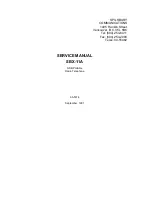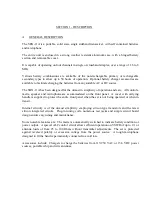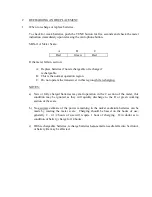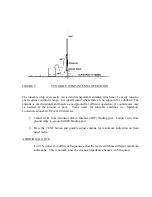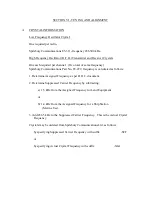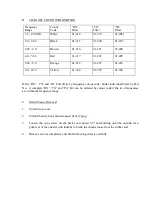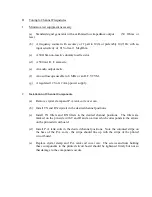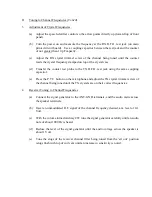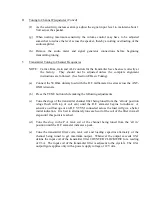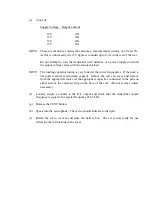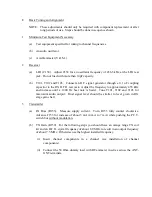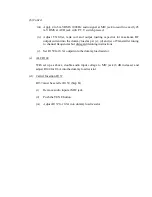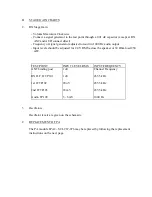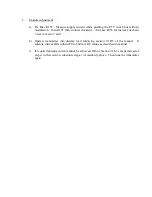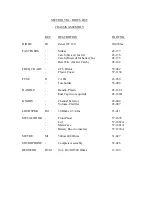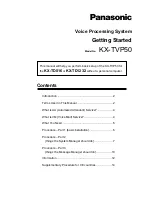
C TRANSMITTER
1.
The audio signal from the microphone is fed to Q113 through R.F. decoupling network
L110 and C166. The Darlington configuration of Q112 is used to match the impedance of
Q113 to the input of balanced modulator FL102.
2.
The LFO (456.5 kHz) is fed into the double balanced mixer FL102 and is mixed with the
audio input signal from Q112.
3.
A double sideband signal (suppressed carrier) results and is fed to the input of the sideband
filter FL101 via T-R switch diode D101. Diode D102 is biased off.
4.
The upper sideband is removed by the sideband filter and the lower sideband is amplified
by U103 and fed to the transmitter balanced channel mixer FL103 through T-R switch
diode D108. D102 is biased off.
5.
The channel oscillator frequency (H.F.O.) from Q106 is also fed into the balanced mixer
FL103 and the two main output frequencies are the channel oscillator fre/- the I.F.
frequency.
6.
The transmitter filter ‘TX’ is tuned to select the lower of these two frequencies (which is an
upper sideband signal) and reject all other frequencies.
7.
The desired channel frequency is now amplified by broadband amplifier IC U105, passes
through T106, is again amplified by push-pull broadband amplifier Q109 and Q110 and is
coupled to the tuned tank circuit ‘PA’ via T105.
8.
Thermistor R150 stabilizes the bias over the temperature range of -30 Deg. C to +50 Deg.
C.
9.
The output load impedance is nominally 50 Ohms but the SBX-11A will operate into 25 to
100 Ohms with very little reduction of power with no reloading.

